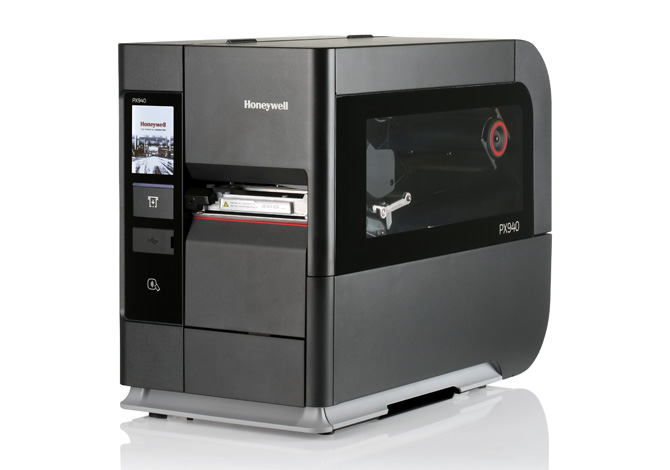Barcodes help improve efficiency and accuracy across thousands of applications by eliminating manual data entry and simplifying tasks across the supply chain. However, if the barcode label is poorly printed or can’t be scanned, all of those benefits fall by the wayside.
Large retailers like Dick’s Sporting Goods, Walmart and others levy fines against companies that send them product with unreadable barcodes – in some cases, those fines can be as much as several hundred thousand dollars. In addition, barcode errors can lead to shipping mistakes, scrap, rework, costly returns and reshipments, and lost sales.
The best way to ensure that your barcode labels are readable and meet industry and customer specifications is to use a verification process as labels are printed and applied. Some companies attempt to skirt an investment in verification equipment by using a barcode scanner to spot check labels. However, that approach does not equal true barcode verification.
Comparing barcode scanning and barcode verification is similar to comparing a pass/fail score to a grade. Barcode scanning simply tells you that your own scanner can read a specific label. In applications where barcodes will be scanned by multiple facilities, using different equipment, and where 100% readability and accuracy are critical, verification is a must. Standards-based quality measures are the only way to guarantee the barcodes can be read regardless of who is doing the scanning.
That’s because the labels must be readable to all sorts of scanners. Verification ensures that the barcodes meet existing ANSI and ISO standards, which helps guarantee that any scanner that follows those widely accepted standards should be able to read the code. In most verification settings, the solution assigns a letter grade (A through F in the case of ANSI) or a numerical score (4 to 0 under ISO/IEC standards) that indicates the quality of the code. Generally, if a barcode receives a C (or score of 1.5) or better, then it has passed and should be 100% scannable.
By integrating barcode verification into their labeling/packaging processes, companies can achieve a number of benefits, including:
1. Eliminate chargebacks.
Avoid the aforementioned fines levied by big box retailers such as Dick’s, Wal-mart, and Target for unreadable barcodes. Chargebacks can be anywhere from hundreds to thousands of dollars in fines.
2. Reduced packaging waste and expense.
Without practicing proper barcode verification, you put yourself at risk for wasted packaging and increased costs generated by the batches of product labeled with barcodes that failed to scan.
3. Reduced reprints and re-shipments.
In addition to wasted packaging, companies with failing barcodes have to reprint them (increasing ink and consumables costs), and then absorb the cost of repackaging and reshipping the product. These return processes are extremely cumbersome and expensive.
4. Guaranteed compliance with contract and industry requirements.
If you are using true barcode verification technology, you can rest easy knowing that you are in full compliance with your industry standards. In addition, with readable barcodes you can avoid the fines and other penalties associated with shipping out-of-spec labels to retail customers.
5. Improved label quality.
What’s more, barcode verification technology does more than simply indicate if the barcode is readable. Using verification, companies can quickly diagnose and fix print errors that lead to unreadable barcodes. Most verification software includes reporting tools that can help companies address these issues and improve their scores and compliance.
Just because you can scan the label you just printed doesn’t mean that your trading partners will be able to do the same. Barcode verification ensures that your labels will be readable across the supply chain, keep distribution operations running smoothly.
Contact Imprint Enterprises today to learn more about adding verification to your barcode label printing process.




